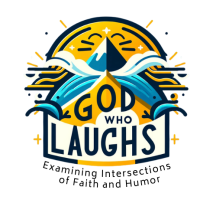
California Lutheran University
Traditional Christian Eucharistic spirituality celebrates physicality: bread and wine bearing and becoming Jesus’ flesh and blood for worshipers. Eucharistic practices allow participants to experience their bodies’ vulnerability precisely at the altar: worshiping and receiving God-as-broken-body, a physically incarnate God who comes in weakness and grace to fill and feed body-selves. Christian thinking has pressed the ethical imperative of eucharistic sharing of bread with hungry humans in and beyond the body of Christ. But Eucharistic spirituality does not typically attend to the further physical implications of the sacrament– namely how human bodies permeated by and in some sense constituting the flesh and blood of Jesus Christ become food to other creatures. The idea of God becoming flesh and food, ultimately feces, is shocking enough, apparently, but to consider deeply our human flesh becoming food to – and the flesh and blood of – ticks or wolves, microbes or worms, seems symbolically unthinkable. Few if any Eucharistic liturgies extend their God-infused in-carne sensibility that far into the depths of the world. Yet of course in reality, we are all food to one another on this Earth, and this reality of human biological vulnerability interwoven with that of all creation is becoming ever more starkly visible in the Anthropocene. In this paper I explore the sacramental implications of worshipers’ bodies’ availability to the larger life of the world: divine-human physical immersion in Eucharist filling then also the fibers and cells and fluid and fur of all creation. Building on Martin Luther’s 1527-28 eucharistic theology of corporeal presence, and framed through the insights of James Hatley, Val Plumwood, David Abram, and Andrea Bieler/Luise Schottroff, the paper constructs a spirituality of eucharistic vulnerability to and in the threatened natural world.
